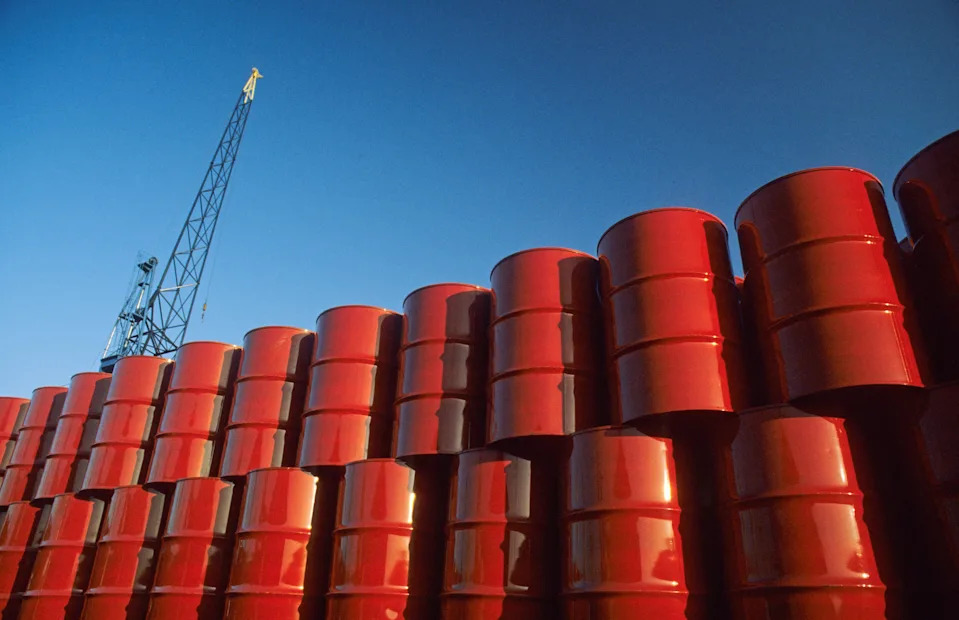News
Goldman Sachs warns that oil could crash under $40 in an 'extreme' scenario

Oil prices could slump to under $40 a barrel in a worst-case scenario, Goldman Sachs analysts wrote in a Monday note referring to Brent oil, the international benchmark.
Brent crude oil futures are around $64 a barrel and US West Texas Intermediate futures — the US benchmark, which typically trades at a discount to Brent — are around $60 a barrel. Prices of both grades are around 15% lower so far this year.
Goldman Sachs's current base-case outlook pegs Brent at $55 and WTI at $51 a barrel by December 2026. This assumes the US avoids a recession and OPEC supply rises moderately.
However, "in a more extreme and less likely scenario with both a global GDP slowdown and a full unwind of OPEC+ cuts, which would discipline non-OPEC supply, we estimate that Brent would fall just under $40 a barrel in late 2026," they wrote. The last time Brent was trading below $40 a barrel was in early 2020.
In the case of a "typical" US recession, the investment bank forecasts Brent at $58 a barrel in December 2025 and $50 in December 2026.
Oil prices are sensitive to macroeconomic changes since energy is a key input for nearly all industries.
Goldman Sachs's under $40 forecast came after oil prices tanked over 7% on Thursday following US President Donald Trump's latest round of tariffs and OPEC+'s surprise decision to increase supply. They extended declines to four-year lows on Monday.
"What we're seeing in oil prices reflects the fundamental interconnectedness of energy and economic systems. Increased production combined with growing concerns about global economic growth has shifted market psychology from scarcity to surplus," wrote Angie Gildea, the US energy leader at KPMG, on Monday.
Low prices would hit US oil production
Lower energy prices are one of Trump's campaign promises. But an oil price crash would be at odds with the president's "drill, baby, drill" agenda that aims to boost the US's energy dominance and increase the country's fossil fuel production.
Oil production costs in the US are typically higher than in major producing regions like the Middle East. Rystad Energy, a research and intelligence firm, estimates that the breakeven cost for many US oil players is above $62 a barrel.
So, with oil prices nearing $60 a barrel now, "the corporate reality for public players means that already modest growth could be at risk," Matthew Bernstein, the vice president for North American oil and gas at Rystad Energy, wrote in a Monday note.
To defend profit margins, US oil players will need to give up short-term production, cut investor payouts, or preserve their oil stockpiles.
While Trump's new policies — including tariffs on steel that are used to construct oil wells — are set to hit American oil firm's bottom line, the real pain point comes from unpredictability as policy whiplash has created "an environment of uncertainty that management teams found difficult to operate in," according to Rystad Energy.
Read the original article on Business Insider

